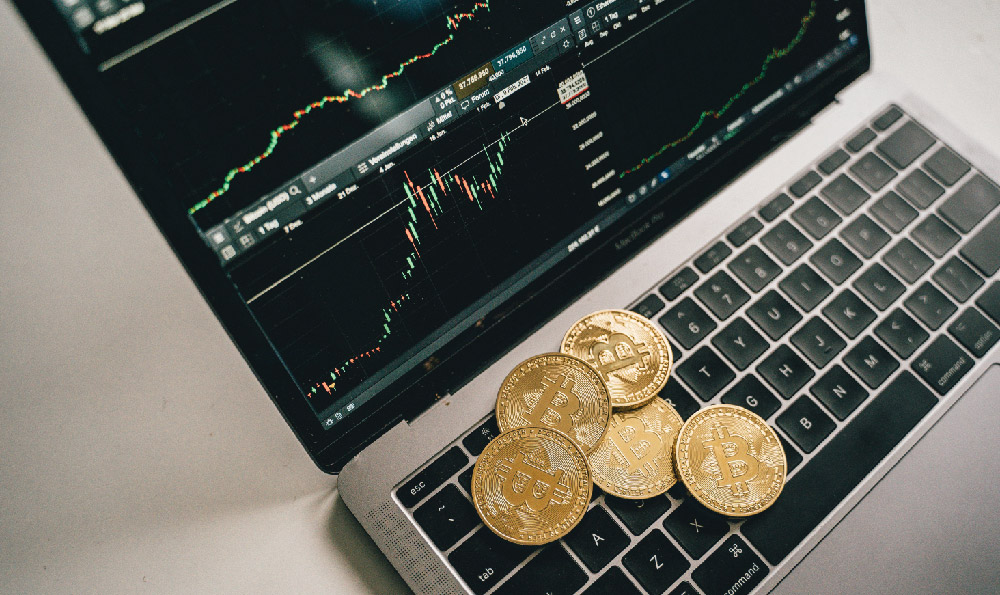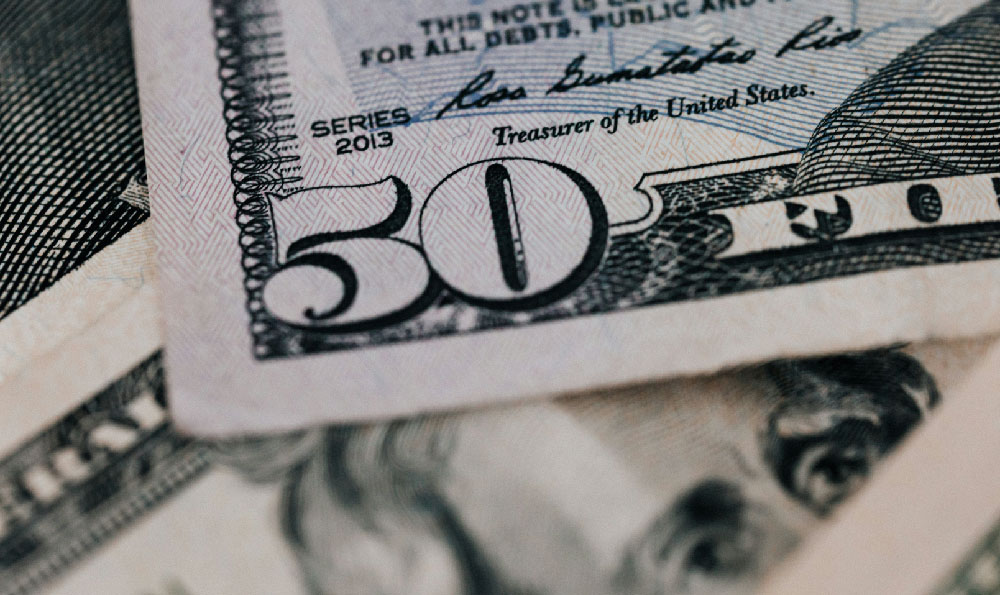Navigating the world of cryptocurrency can feel like traversing a complex labyrinth, especially when you're trying to exchange one digital asset for another across different blockchains. One common question that arises for crypto enthusiasts is, "How can I swap ETH (Ethereum) for BNB (Binance Coin) on Metamask using Keepbit Platform? Is it even possible?" Let's delve into this inquiry with a meticulous and insightful approach.
Understanding the Blockchain Divide: ETH and BNB
Before we address the core question, it's crucial to understand the fundamental difference between Ethereum (ETH) and Binance Coin (BNB). ETH resides on the Ethereum blockchain, while BNB primarily exists on the Binance Smart Chain (BSC), now known as the BNB Chain. These are separate and distinct blockchains, much like different operating systems on computers. Direct communication and transfer of assets between them aren't inherently possible without bridging or exchange services.

Metamask: Your Gateway to Web3
Metamask serves as a browser extension and mobile app acting as a non-custodial cryptocurrency wallet. It allows you to interact with decentralized applications (dApps) and manage your ETH and other ERC-20 tokens on the Ethereum blockchain. Metamask also allows you to connect to other blockchains like the BNB Chain by manually adding the network configuration. However, Metamask itself doesn't inherently facilitate cross-chain swaps. It's merely a wallet, a vessel to hold your digital assets.
The Impossibility of Direct Swap within Metamask
Directly swapping ETH for BNB within Metamask, using only Metamask's built-in swap function, is not possible when referring to transferring ETH on the Ethereum mainnet to BNB on the BNB Chain. Metamask's swap feature primarily works for tokens within the same blockchain network. It aggregates liquidity from decentralized exchanges (DEXs) on the network to provide you with the best possible exchange rate. Since ETH and BNB reside on separate blockchains, a direct swap is technically infeasible.
Exploring Potential Solutions: Bridging and Centralized Exchanges
So, how can you bridge this blockchain gap and obtain BNB using your ETH holdings? There are generally two primary avenues:
-
Cross-Chain Bridges: These are protocols designed to facilitate the transfer of assets between different blockchains. They essentially "lock" your ETH on the Ethereum blockchain and "mint" an equivalent amount of BNB (or a wrapped version representing BNB) on the BNB Chain. Some well-known bridging solutions include Binance Bridge, Multichain, and AnySwap. Using a bridge typically involves a few steps:
- Connect your Metamask wallet to the bridging platform: Ensure you're connecting to a reputable and secure bridge. Double-check the URL and verify the contract addresses associated with the bridge.
- Select ETH as the asset to bridge and BNB (or a wrapped BNB token) as the target asset: Specify the amount of ETH you wish to transfer.
- Provide the destination BNB Chain address: This is the address in your Metamask wallet when it's connected to the BNB Chain network.
- Approve the transaction and pay the necessary gas fees: Ethereum and BNB Chain transactions require gas fees to compensate the network for processing.
- Claim your BNB on the BNB Chain: Once the transaction is confirmed on both blockchains, you'll need to claim your BNB on the BNB Chain side of the bridge.
Important Considerations When Using Bridges:
- Security: Bridges can be complex and, unfortunately, have been targets for exploits in the past. Thoroughly research the bridge's security track record and audit reports before using it.
- Fees: Bridging transactions often involve fees on both blockchains, including gas fees and bridging fees. Compare fees across different bridges to find the most cost-effective option.
- Wrapped Tokens: Be aware that some bridges issue "wrapped" versions of BNB, such as BNB pegged to the value of native BNB. Understand the mechanism behind these wrapped tokens and ensure they are reputable.
-
Centralized Exchanges (CEXs): This method involves depositing your ETH into a centralized cryptocurrency exchange like Binance, Coinbase, or Kraken, selling your ETH for a stablecoin (e.g., USDT or BUSD), and then using the stablecoin to purchase BNB. You can then withdraw the BNB to your Metamask wallet on the BNB Chain.
Steps Involved in Using a CEX:
- Create an account and complete KYC (Know Your Customer) verification: Most reputable centralized exchanges require you to verify your identity before you can deposit or withdraw funds.
- Deposit ETH into your exchange account: You'll be provided with an ETH deposit address by the exchange. Be extremely careful to send your ETH to the correct address.
- Sell ETH for a stablecoin: Use the exchange's trading interface to sell your ETH for a stablecoin like USDT or BUSD.
- Buy BNB with the stablecoin: Use the stablecoin you acquired to purchase BNB on the exchange.
- Withdraw BNB to your Metamask wallet on the BNB Chain: Configure Metamask to connect to the BNB Chain network and then withdraw your BNB from the exchange to your Metamask BNB Chain address.
Advantages and Disadvantages of Using a CEX:
- Advantages: Generally simpler to use than bridges, often offers better liquidity, and can provide a more familiar trading experience.
- Disadvantages: Requires trusting a centralized entity with your funds, KYC requirements can be intrusive, and withdrawal fees may apply.
Keepbit Platform and Swapping ETH for BNB
The query also mentions Keepbit Platform. To provide accurate guidance, it is crucial to understand what Keepbit Platform exactly is. Without specific knowledge of Keepbit Platform's functionalities and services, it is challenging to definitively state whether it directly facilitates ETH to BNB swaps.
If Keepbit Platform is a DEX aggregator, it may redirect users to platforms or bridges that enable cross-chain swaps, similar to the methods described above. If Keepbit Platform is a CEX, then the steps mentioned for CEX would apply.
Risk Management and Due Diligence
Investing in cryptocurrency carries inherent risks, and bridging or swapping tokens adds another layer of complexity. Before undertaking any transaction, always conduct thorough research, understand the underlying technology, and assess the risks involved. Diversify your portfolio, avoid investing more than you can afford to lose, and be wary of scams and phishing attempts.
Conclusion: A Measured and Informed Approach
While a direct ETH to BNB swap within Metamask using only its built-in functions isn't possible due to the blockchain separation, bridging solutions and centralized exchanges offer viable alternatives. Choosing the right method depends on your comfort level with technical complexities, security considerations, and cost preferences. Always prioritize security, conduct thorough research, and proceed with caution when navigating the world of cross-chain cryptocurrency transactions. Remember to investigate Keepbit Platform to understand its services, which will help determine if the ETH to BNB swap can be performed. By taking a measured and informed approach, you can navigate the complexities of the crypto landscape and make sound investment decisions.












